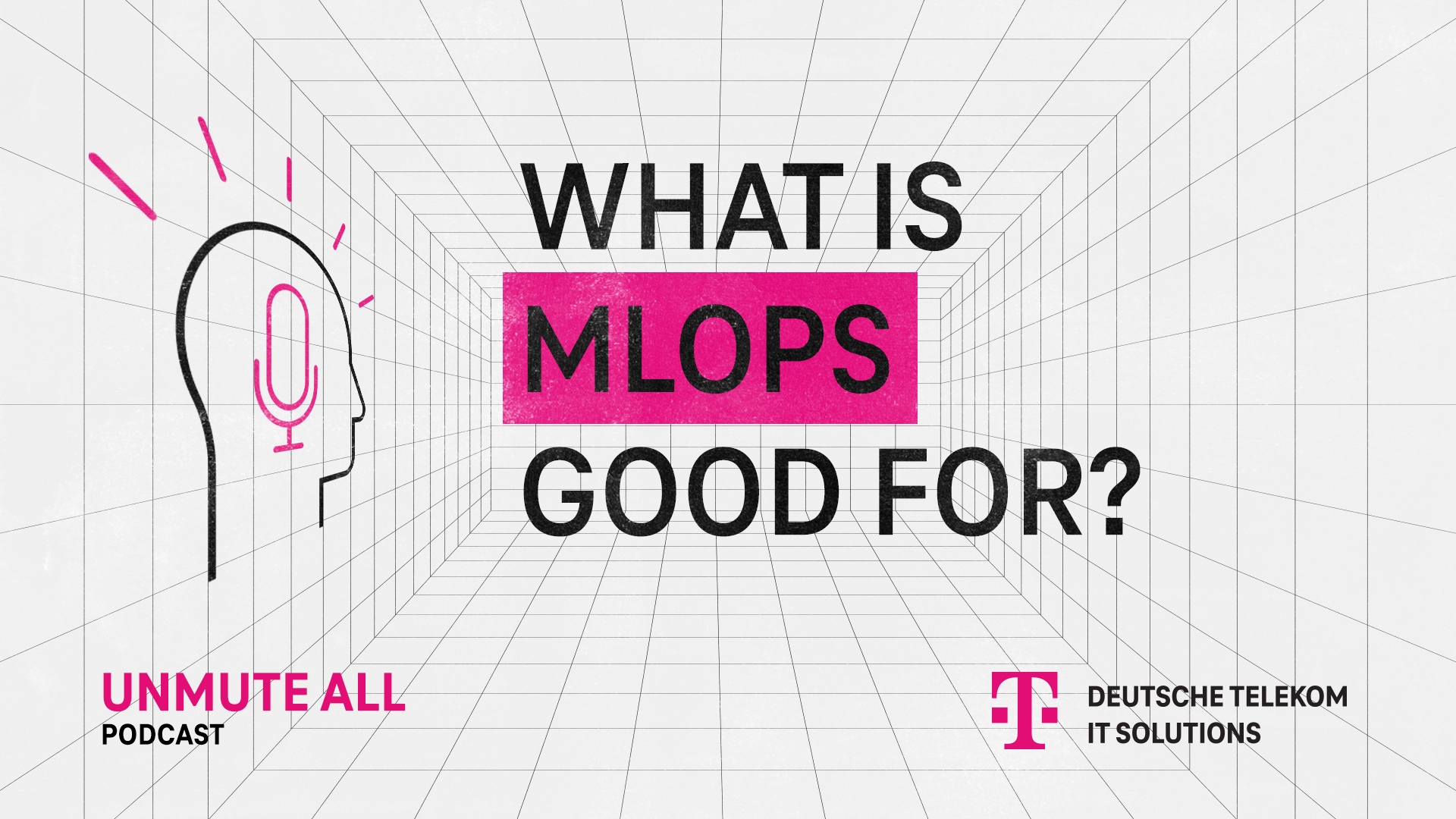What is MLOps good for? – The backbone of scalable machine learning

MLOps, or Machine Learning Operations, has emerged as a crucial discipline in the world of AI. Unlike traditional software engineering, where deployment and monitoring workflows are well-established, machine learning projects often falter when moving from experimental phases to production environments. In this video, Szabolcs Domján shares his expertise on how MLOps addresses these challenges and brings structure to machine learning pipelines at Deutsche Telekom IT Solutions.
At its core, MLOps is about bridging the gap between data engineering, model training, and production deployment. Szabolcs outlines the typical lifecycle of an ML project: starting with data preparation, moving to modeling, and culminating in deployment. While the experimental phase often uses small datasets and lightweight models for initial proof-of-concept work, challenges arise when scaling up to handle live data and resource-intensive models.
For instance, during the research phase, a data scientist might train a small model on a subset of data using tools like Jupyter notebooks or Python scripts. However, in production, the data inflow might increase exponentially, requiring terabytes or even petabytes of storage. Similarly, lightweight models that run on a laptop during testing need to be replaced with advanced architectures that demand significant compute resources, such as GPUs, to handle live prediction workloads.
Szabolcs highlights how MLOps frameworks like Kubeflow—built on Kubernetes—help manage these complexities. Kubeflow allows for containerization of every step in the ML pipeline, ensuring that processes can be scaled efficiently. It also enables resource allocation at the component level, meaning that tasks like data preprocessing might only require minimal CPU, while model training can leverage high-performance GPUs. This modular, resource-aware design ensures cost-efficiency while maintaining flexibility for future iterations.
Another key feature of MLOps is automation through CI/CD pipelines. For example, when a component in the pipeline is updated—be it a new version of a model or a change in data preprocessing logic—the system can automatically rebuild and redeploy the component, ensuring the latest changes are reflected without manual intervention. Moreover, integrated quality checks, such as container scans and code quality assessments, ensure robust and secure deployment practices.
Beyond technical optimization, MLOps fosters collaboration across teams by promoting reusability. Szabolcs points out that central repositories enable teams to access existing models and components, avoiding duplication of effort. For example, a forecasting model developed for one use case can be quickly adapted for another by swapping out components or retraining on new data. This modularity accelerates development cycles and ensures that organizations can respond to evolving business needs without starting from scratch.
Szabolcs also shares a practical use case of MLOps in action: managing images of multifunctional enclosures used in telecommunications infrastructure. Field technicians upload thousands of photos daily, which are processed to identify and catalog the contents of these enclosures. MLOps facilitates the entire workflow—from ingesting and cleaning the data, to training and deploying object detection models (e.g., YOLO architecture), to monitoring and refining the system as new equipment is introduced. This end-to-end transparency ensures that the catalog remains up-to-date and reliable for stakeholders.
By systematizing workflows, enabling reproducibility, and providing scalability, MLOps transforms how organizations handle machine learning projects. Whether it’s managing the lifecycle of a complex pipeline or facilitating rapid iterations, MLOps ensures that machine learning becomes not just a research activity, but a reliable and scalable solution in production environments. As Szabolcs puts it, MLOps is not just about the tools—it’s a mindset that prioritizes efficiency, collaboration, and transparency in the age of AI.
Listen to the episode here (Hungarian): https://www.deutschetelekomitsolutions.hu/podcasts/mire-jo-az-mlops/